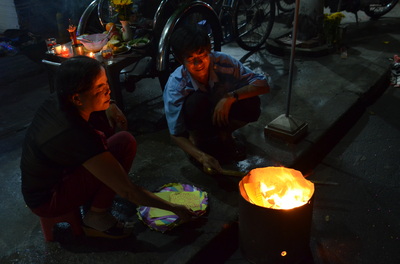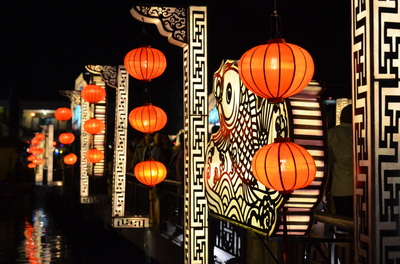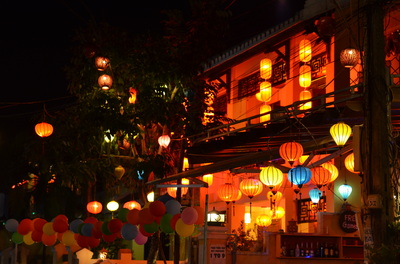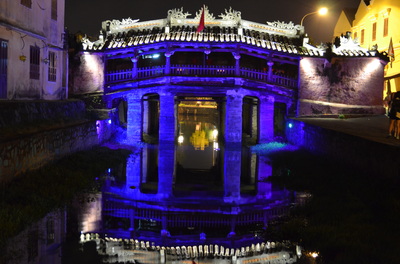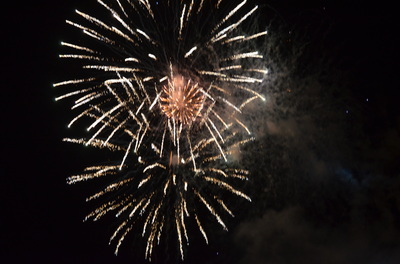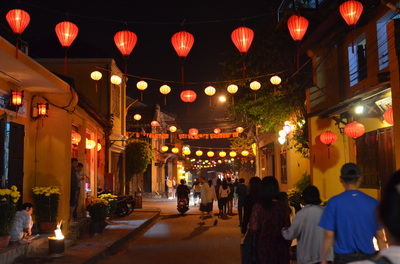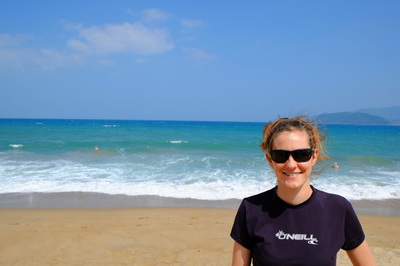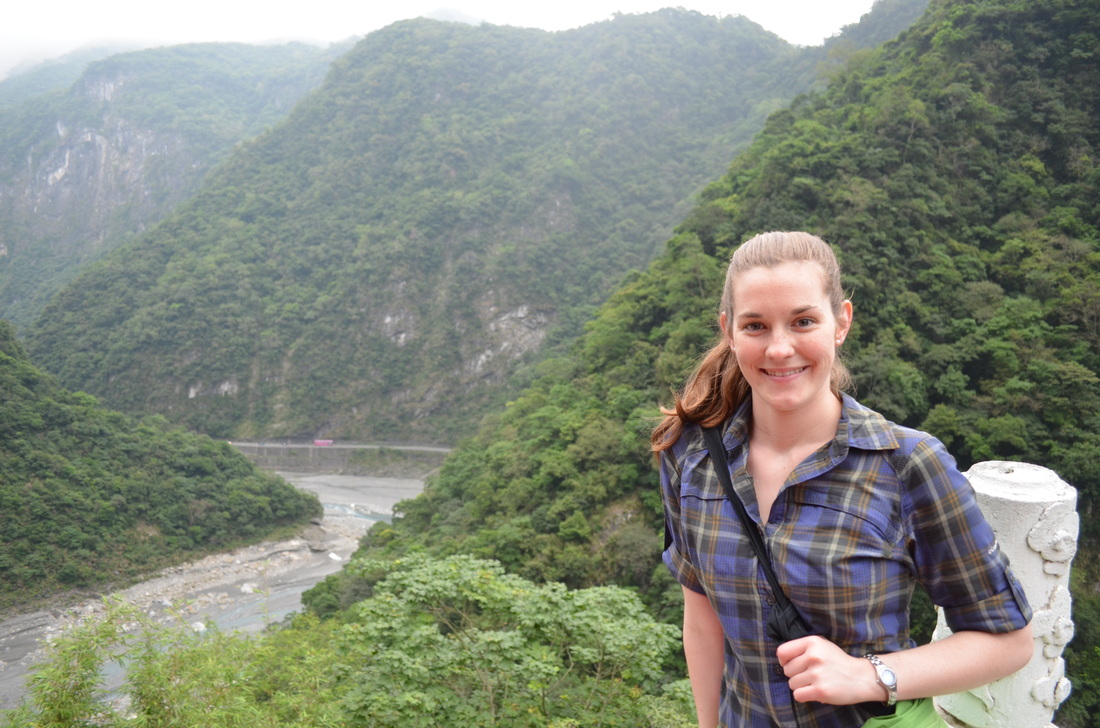Back in Hanoi we hit the ground hard. We went to visit Uncle Ho’s (Ho Chi Minh) Mausoleum. He was just as Wolfgang had described, a bit waxy and very small. It was very interesting to compare his mausoleum to that of Mao Tse-tung. Both look amazingly life like, yet there is a lot more pomp and circumstance surrounding Mao’s remains. Don’t plan on visiting Uncle Ho during October or November because that is when he is sent to Russia for maintenance. I really would love to witness that procession.
After the big visit, we saw the Presidential Palace, Ho Chi Minh’s significantly more modest personal dwelling, and the Temple of Literature. In the evening we all went to a water puppet show, enjoyed a walk around West Lake, attempted to get a “non-happy-ending massage” (we met a drunk German who really wanted Maya and I to go get a drink so the guys could “enjoy” a massage), and had a lovely meal. It was a perfect end to a month long journey with my siblings. It is funny how whenever you are in a tough moment like the epic overnight bus ride, you don’t necessarily enjoy yourself. Yet looking back, I am thankful for everything we went through. I am thankful for the people like Nguyet and the beauty of Hoi’An. I am thankful for the falling ceiling having proved Newton’s theory of gravity and the horrible cruise. It was an epic journey and one we will always look back on fondly. I love you guys and wish you could have continued on with me. Thanks for coming along for the ride and for making me laugh. Till our next family adventure…
After the big visit, we saw the Presidential Palace, Ho Chi Minh’s significantly more modest personal dwelling, and the Temple of Literature. In the evening we all went to a water puppet show, enjoyed a walk around West Lake, attempted to get a “non-happy-ending massage” (we met a drunk German who really wanted Maya and I to go get a drink so the guys could “enjoy” a massage), and had a lovely meal. It was a perfect end to a month long journey with my siblings. It is funny how whenever you are in a tough moment like the epic overnight bus ride, you don’t necessarily enjoy yourself. Yet looking back, I am thankful for everything we went through. I am thankful for the people like Nguyet and the beauty of Hoi’An. I am thankful for the falling ceiling having proved Newton’s theory of gravity and the horrible cruise. It was an epic journey and one we will always look back on fondly. I love you guys and wish you could have continued on with me. Thanks for coming along for the ride and for making me laugh. Till our next family adventure…
